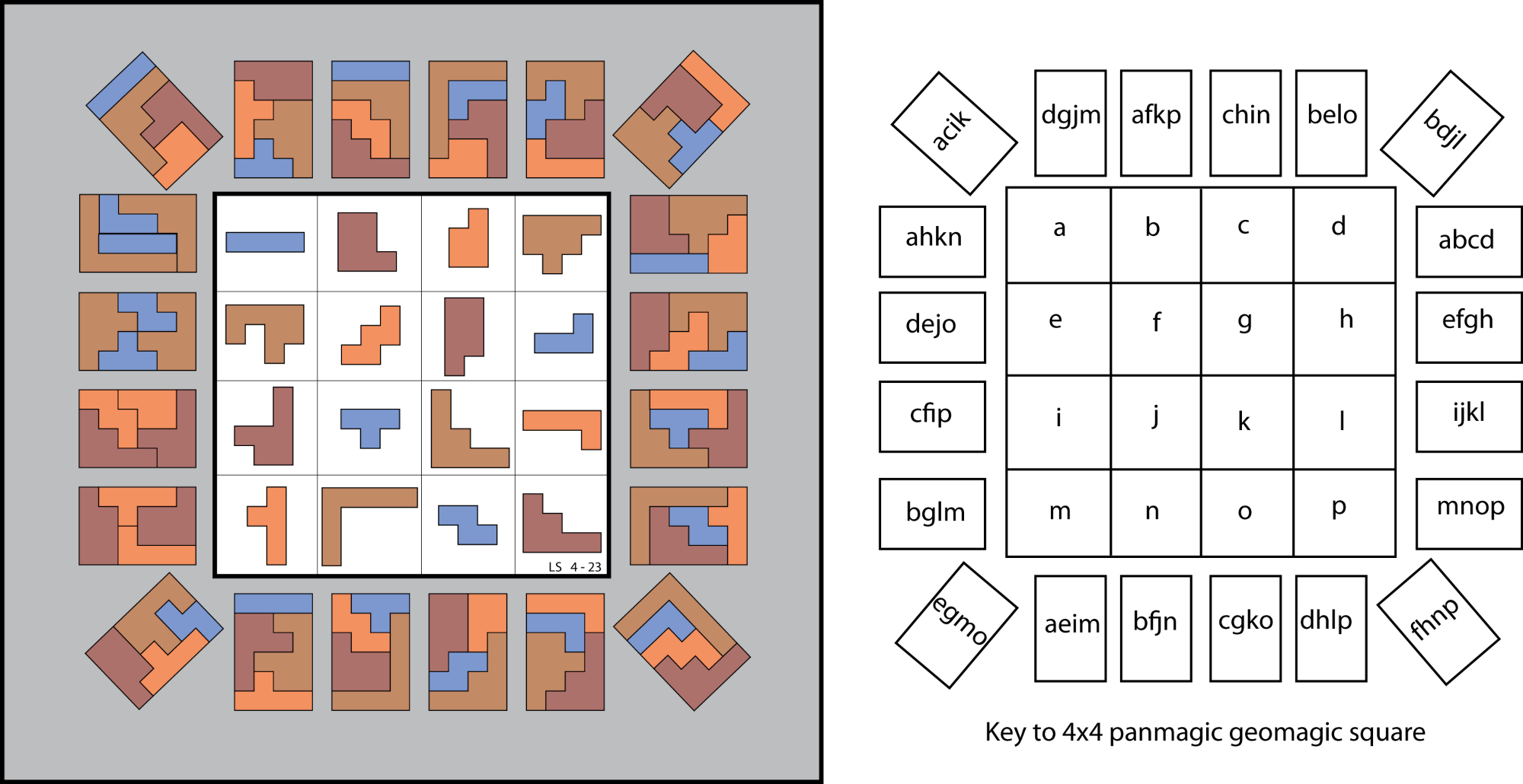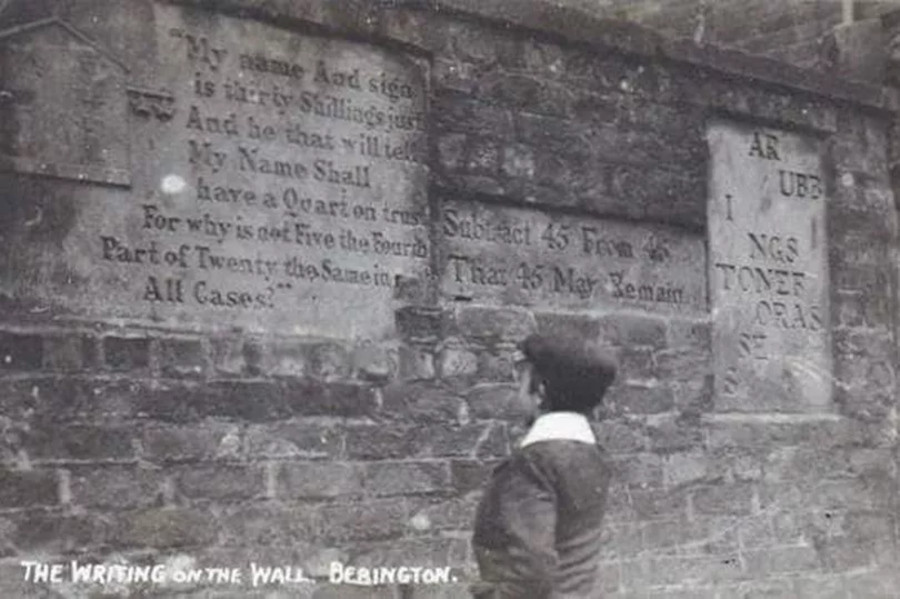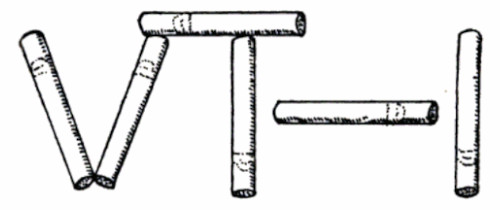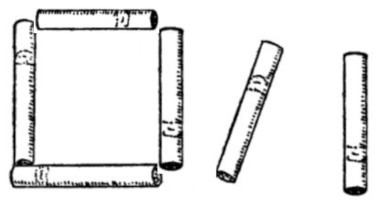Alice and Bob are playing a game. An n×n checkerboard lies between them. Alice begins by marking a corner square, and thereafter the two of them take turns marking squares; each one they choose must be adjacent orthogonally to the last one chosen, so together they’re making a path around the board. When the path can’t continue (because no unmarked adjacent square is available), then the player who moved last wins. For which n can Alice devise a winning strategy? What if she has to start by marking a square adjacent to a corner, rather than the corner itself?
Exchange
A Highwayman confronted a Traveler, and covering him with a firearm, shouted: ‘Your money or your life!’
‘My good friend,’ said the Traveler, ‘according to the terms of your demand my money will save my life, my life my money; you imply that you will take one or the other, but not both. If that is what you mean please be good enough to take my life.’
‘That is not what I mean,’ said the Highwayman; ‘you cannot save your money by giving up your life.’
‘Then take it anyhow,’ the Traveler said. ‘If it will not save my money it is good for nothing.’
The Highwayman was so pleased with the Traveler’s philosophy and wit that he took him into partnership and this splendid combination of talent started a newspaper.
— Ambrose Bierce, Fantastic Fables, 1899
A Panmagic Geomagic Square
Another amazing contribution by Lee Sallows:
“The picture above shows a 4×4 geomagic square, which is to say a magic square using geometrical shapes that can be fitted together so as to form an identical target shape, in this case a 4×6 rectangle, rather than numbers adding to a constant sum. In addition, the square is also panmagic, meaning that besides the usual 4 rows, 4 columns, and both main diagonals, the shapes occupying each of the so-called ‘broken’ diagonals, afkn, dejo, cfip, bglm, chin, belo, are also able to tile the rectangle. Lastly, the 4 shapes contained in the corner cells of the four embedded 3×3 sub-squares, acik, bdjl, fhnp, egmo, are also ‘magic’, bringing the total number of target-tiling shape sets to 20, a small improvement over the 16 achieved by a panmagic-only square. With that said, it is worth noting that 4×4 geomagic squares have been found achieving target-tiling scores as high as 48.”
Click the image to expand it. Thanks, Lee!
The Bebington Puzzle Stones
Visiting England’s Wirral Peninsula in 1853, Nathaniel Hawthorne came upon a queer battlemented house in the town of Bebington, “quite a novel symbol of decay and neglect,” “probably the whim of some half-crazy person.” “On the wall, close to the street, there were certain eccentric inscriptions cut into slabs of stone, but I could make no sense of them.”
The crazy person was resident Thomas Francis, and the inscriptions had apparently been commissioned to bemuse and entertain passersby. They offer three puzzles. The first presents the image of an inn, The Two Crowns, and the following riddle:
“My name And sign is thirty Shillings just, and he that will tell My Name Shall have a Quart on trust, for why is not Five the Fourth Part of Twenty the Same in All Cases?”
This was easier to guess at the time of its inscription. The landlord of the Two Crowns was Mark Noble, the old English coin known as the noble was worth 6 shillings and eightpence, the mark was worth 13 shillings and fourpence, and two crowns were worth 10 shillings. Together these values total 30 shillings.
The second puzzle is more straightforward: “Subtract 45 From 45 That 45 May Remain.” This seems to refer to the following mathematical curiosity:
987654321 - 123456789 ----------- 864197532
Each of these figures comprises the digits 1 to 9, so all have the same digit sum: 45.
The last puzzle is the easiest:
AR
UBB
I
NGS
TONEF
ORAS
SE
S
Read this straight through and you get A RUBBING STONE FOR ASSES — possibly a comment by Francis on the loiterers who would gather outside his home.
The house was demolished in the 1960s, but the stones can be seen today in the foyer of the library at the Bebington civic center.
“Fifty-Seven to Nothing”
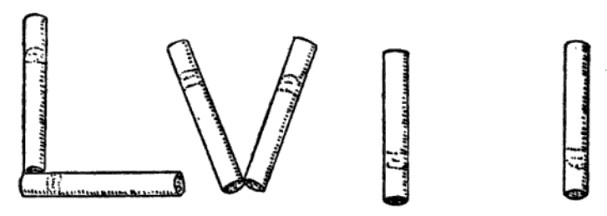
A puzzle by Henry Dudeney:
“It will be seen that we have arranged six cigarettes so as to represent the number 57. The puzzle is to remove any two of them you like (without disturbing any of the others) and so replace them as to represent 0, or nothing.”
A Fateful Choice
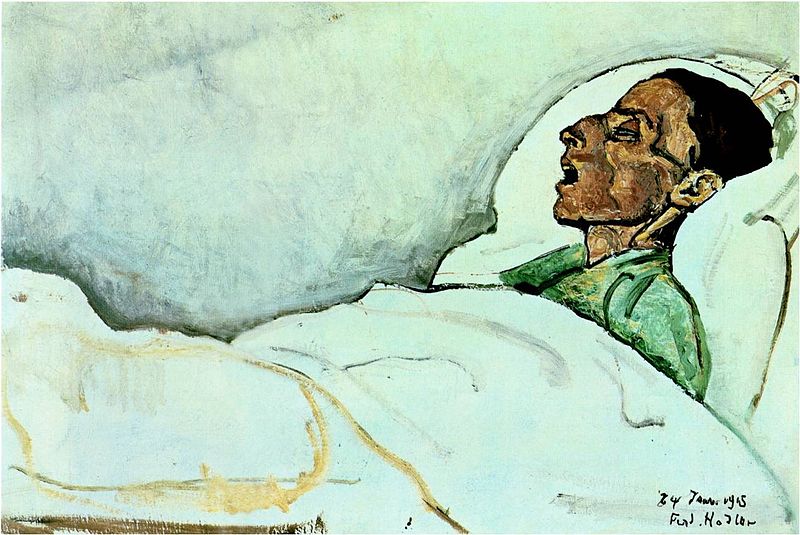
A disease is spreading rapidly across the country. Half the people who have contracted it have died, and half have recovered on their own. A crash program to ward off the epidemic has produced two serums, A and B, but there’s been little time to test them. All three of the patients who were given serum A recovered, and so did 7 of the 8 patients who were given serum B. Unfortunately, you’ve just learned that you have the disease. If you get no treatment, your chances of surviving are 50-50. Both serums have a better record than that, but which one should you take?
“There doesn’t seem to be anything we can do other than appeal to our intuitive feelings on the matter,” writes University of Waterloo mathematician Ross Honsberger. “However, a very ingenious notion, the so-called ‘null hypothesis,’ permits a measure of analysis which, in this case, yields a definite preference.”
The key is to ask how likely it is that 3 out of 3 patients would have recovered if serum A were neither helping nor hindering them. An untreated patient has a 50-50 chance of recovery, so the answer is
On the other hand, if serum B had no effect, then the chance of 7 recoveries out of 8 is
(Here the factor 8 reflects the fact that there are 8 different possible victims, and again the probability of dying is 1/2.)
So the available evidence suggests that it’s 4 times as likely that serum A has no effect as that serum B has no effect. Your best course is to take serum B.
(Ross Honsberger, “Some Surprises in Probability,” in his Mathematical Plums, 1979.)
The Ta Prohm Stegosaur
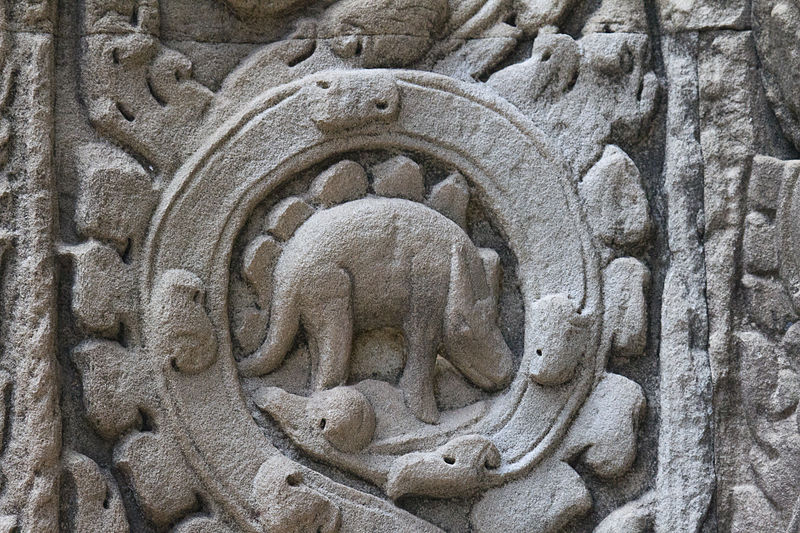
At Cambodia’s Ta Prohm temple, near Angkor Wat, visitors have noticed an unusual carving on a crumbling wall — it appears to resemble a stegosaur. Well, viewed from the right angle it does, and allowing for the large head, large ears, and horn. In fact, it better resembles a boar, a rhino, or a chameleon viewed against a leafy background.
Because the temple was built in the 12th century, some creationists have cited the carving as evidence that humans and dinosaurs once coexisted in the region. But it’s not even clear when the carving was made — the temple is a favorite spot for filmmakers, one of whom may have added it, or it may even be a deliberate hoax.
In any case, writes Smithsonian‘s Riley Black, “the temple carving can in no way be used as evidence that humans and non-avian dinosaurs coexisted. Fossils have inspired some myths, but close scrutiny of geological layers, reliable radiometric dating techniques, the lack of dinosaur fossils in strata younger than the Cretaceous, and other lines of evidence all confirm that non-avian dinosaurs became extinct tens of millions of years before there was any type of culture that could have recorded what they looked like.”
Simple
The 1968 Putnam Competition included a beautiful one-line proof that π is less than 22/7, its common Diophantine approximation:
The integral must be positive, because the integrand’s denominator is positive and its numerator is the product of two non-negative numbers. But it evaluates to 22/7 – π — and if that expression is positive, then 22/7 must be greater than π.
University of St Andrews mathematician G.M. Phillips wrote, “Who will say that mathematics is devoid of humour?”
Views
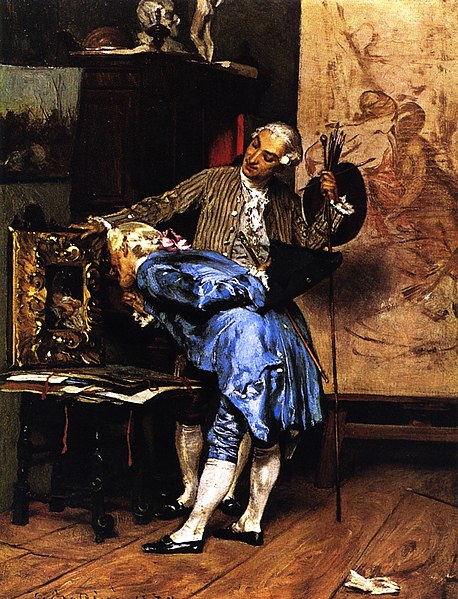
When [a man] puts a thing on a pedestal and calls it beautiful, he demands the same delight from others. He judges not merely for himself, but for all men, and then speaks of beauty as if it were a property of things. Thus he says that the thing is beautiful; and it is not as if he counts on others agreeing with him in his judgment of liking owing to his having found them in such agreement on a number of occasions, but he demands this agreement of them. He blames them if they judge differently, and denies them taste, which he still requires of them as something they ought to have; and to this extent it is not open to men to say: Every one has his own taste.
— Immanuel Kant, Critique of Judgment, 1790
Ground Truth
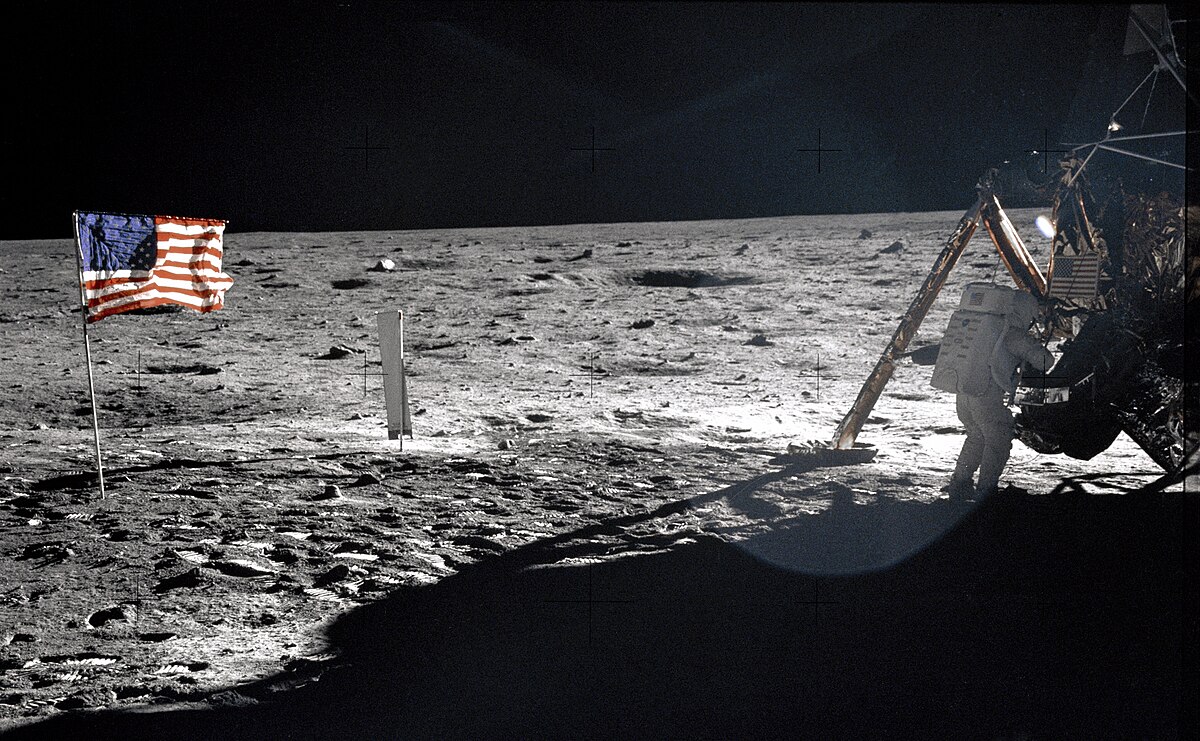
In October 2005, Neil Armstrong received a letter from a social studies teacher charging that the moon landings had been faked. “[O]ver 30 years on from the pathetic TV broadcast when you fooled everyone by claiming to have walked upon the Moon,” he wrote, “I would like to point out that you, and the other astronauts, are making yourselfs a worldwide laughing stock … Perhaps you are totally unaware of all the evidence circulating the globe via the Internet. Everyone now knows the whole saga was faked, and the evidence is there for all to see.”
Armstrong replied:
Mr. Whitman,
Your letter expressing doubts based on the skeptics and conspiracy theorists mystifies me.
They would have you believe that the United States Government perpetrated a gigantic fraud on its citizenry. That the 400,000 Americans who worked on an unclassified program are all complicit in the deception, and none broke ranks and admitted their deceit.
If you believe that, why would you contact me, clearly one of those 400,000 liars?
I trust that you, as a teacher, are an educated person. You will know how to contact knowledgeable people who could not have been party to the scam.
The skeptics claim that the Apollo flights did not go to the moon. You could contact the experts from other countries who tracked the flights on radar (Jodrell Bank in England or even the Russian Academicians).
You should contact the Astronomers at Lick Observatory who bounced their laser beam off the Lunar Ranging Reflector minutes after I installed it. Or, if you don’t find them persuasive, you could contact the astronomers at the Pic du Midi observatory in France. They can tell you about all the other astronomers in other countries who are still making measurements from these same mirrors — and you can contact them.
Or you could get on the net and find the researchers in university laboratories around the world who are studying the lunar samples returned on Apollo, some of which have never been found on earth.
But you shouldn’t be asking me, because I am clearly suspect and not believable.
Neil Armstrong
(From James R. Hansen, A Reluctant Icon: Letters to Neil Armstrong, 2020.)

